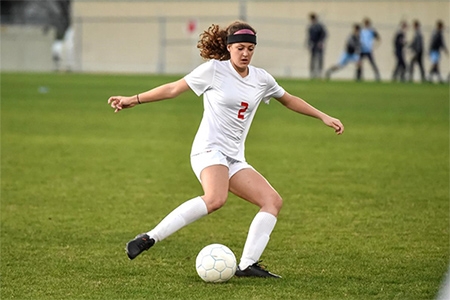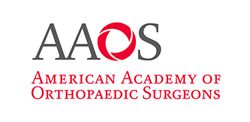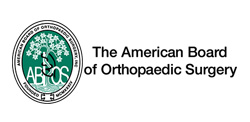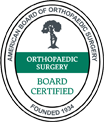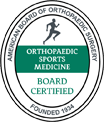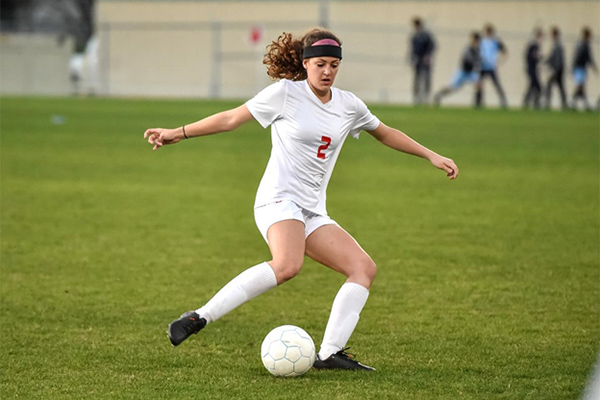
A torn ACL can happen in a split second—whether you're pivoting on the field or landing awkwardly after a jump. The result? Knee instability, swelling, and frustration. Understanding your treatment options early can help protect your long-term knee function and get you back to doing what you love. Here's what you should know about surgical and non-surgical care.
What Happens When You Tear Your ACL?
The anterior cruciate ligament (ACL) is one of the key ligaments stabilizing the knee joint. It connects the thighbone (femur) to the shinbone (tibia) and helps control forward motion and rotation. An ACL tear typically occurs during sudden stops, twists, or directional changes—common in sports like soccer, basketball, and skiing. Symptoms include a "popping" sensation, swelling, knee instability, and difficulty bearing weight.
When Is Surgery Recommended?
Surgical reconstruction is the standard for athletes or active individuals who want to return to high-demand activities. The procedure involves replacing the torn ligament with a graft (either from a donor or from your own hamstring or patellar tendon) to restore knee stability. Advancements in minimally invasive techniques have reduced postoperative pain, shortened recovery times and improved outcomes.
Surgery is recommended when the tear is complete or if there's associated damage to other structures like the meniscus. Young patients, particularly those involved in cutting or pivoting sports, generally benefit most from surgical intervention to prevent further injury.
Can You Avoid Surgery?
Not all ACL tears require surgery. Non-surgical treatment may be appropriate for individuals with a partial tear, lower activity demands, or no significant knee instability. This approach includes physical therapy to strengthen surrounding muscles, improve balance, and support the joint through customized exercises.
Bracing and activity modification can also help manage symptoms and reduce the risk of further injury. However, it’s important to note that without surgery, return to high-impact sports is often limited.
Making the Right Choice for Your Knee
The decision between surgical and non-surgical treatment depends on multiple factors: the severity of the tear, your lifestyle, activity level, age, and long-term goals. A personalized assessment with a sports medicine specialist is essential for developing the most effective treatment plan.
Ignoring a torn ACL or pushing through instability can increase your risk of joint damage over time. Whether your goal is returning to competitive play or simply staying active, timely evaluation can make all the difference.
If you’ve recently experienced a knee injury or received an ACL tear diagnosis, schedule a consultation with Dr. DiGiulio to discuss your options and map out a recovery strategy that supports your movement, strength, and long-term joint health.
AUTHOR: Milan M. DiGiulio, M.D. offers comprehensive Orthopaedic care for you and your entire family, specializing in Sports Medicine and Arthroscopic surgery of the shoulder and knee. Dr. DiGiulio performs over 200 arthroscopic shoulder and knee surgeries each year, using the most advanced surgical technology. Dr. DiGiulio is an advocate of non-invasive, non-surgical treatment options such as Physical Therapy and Orthobiologics.



